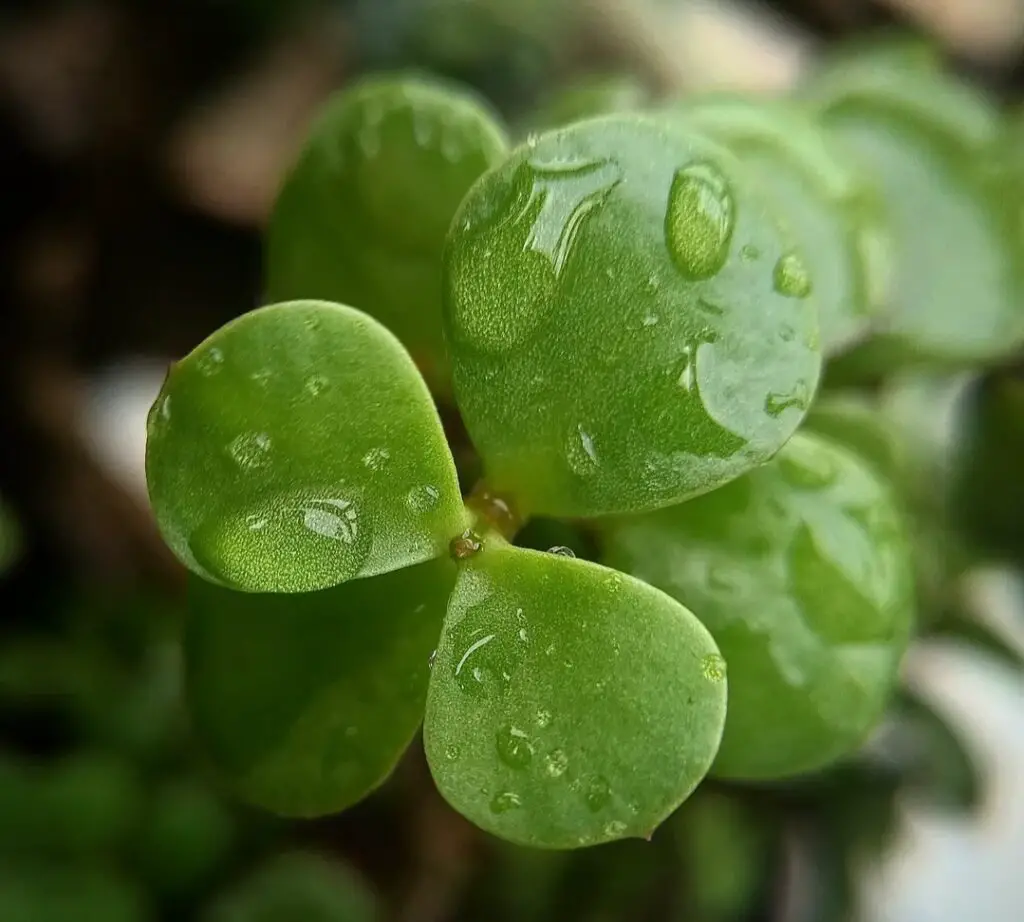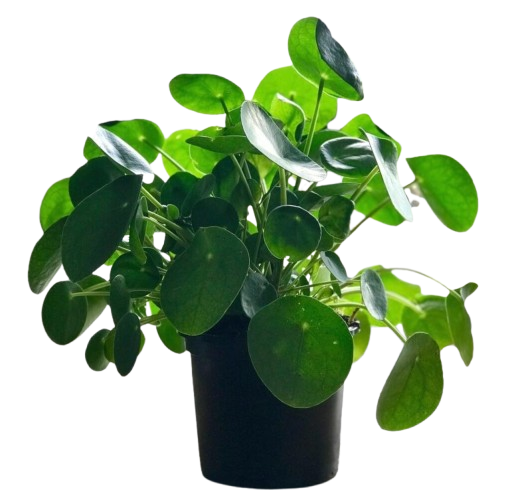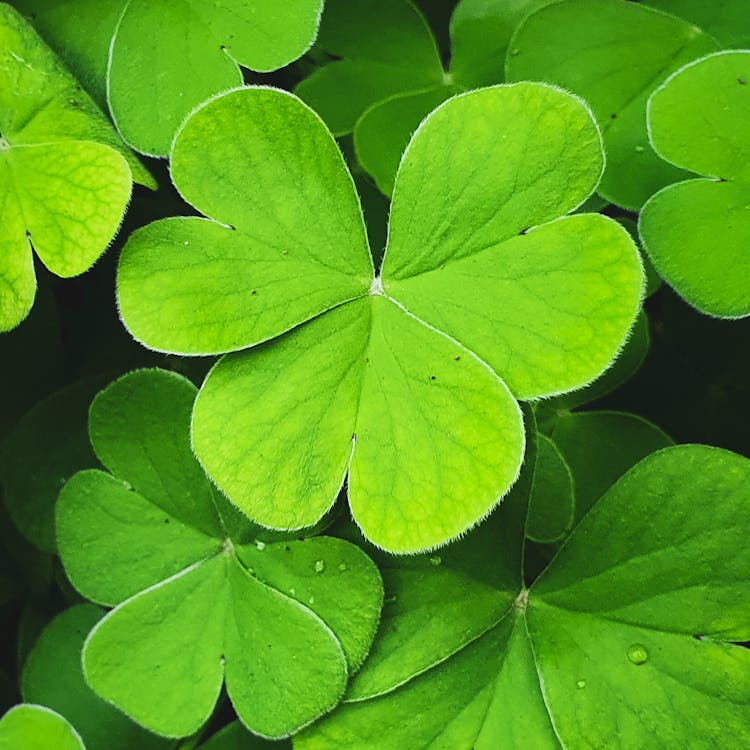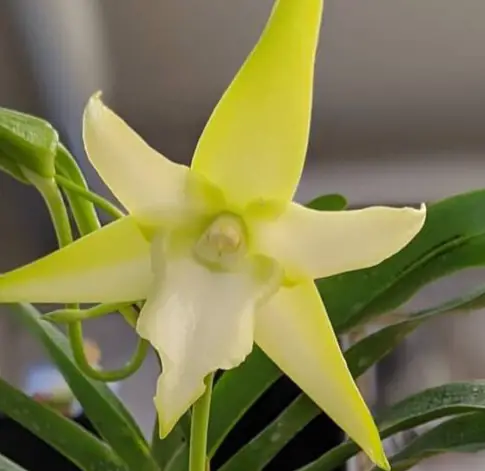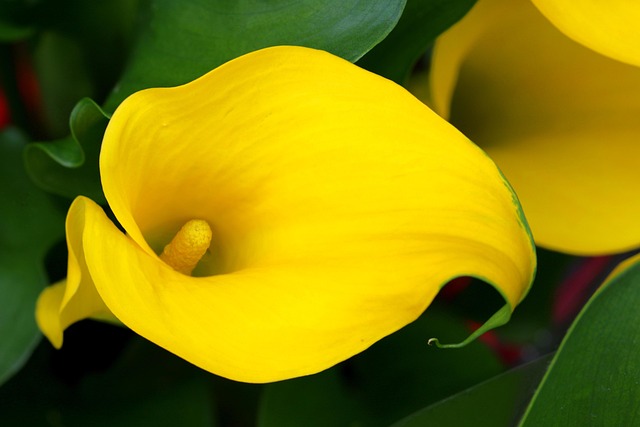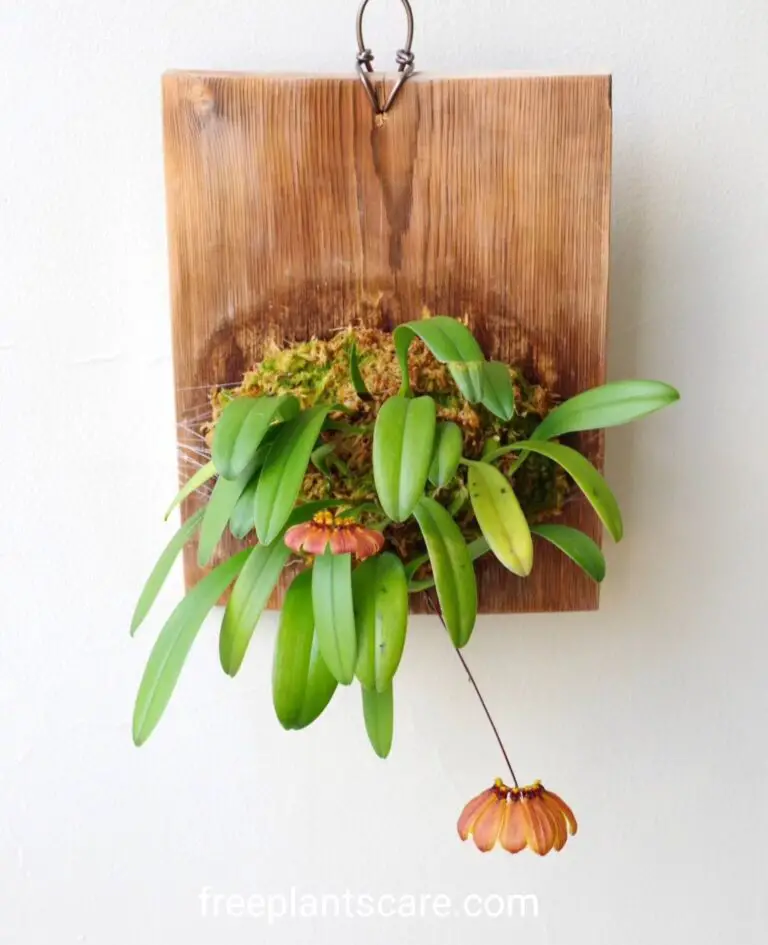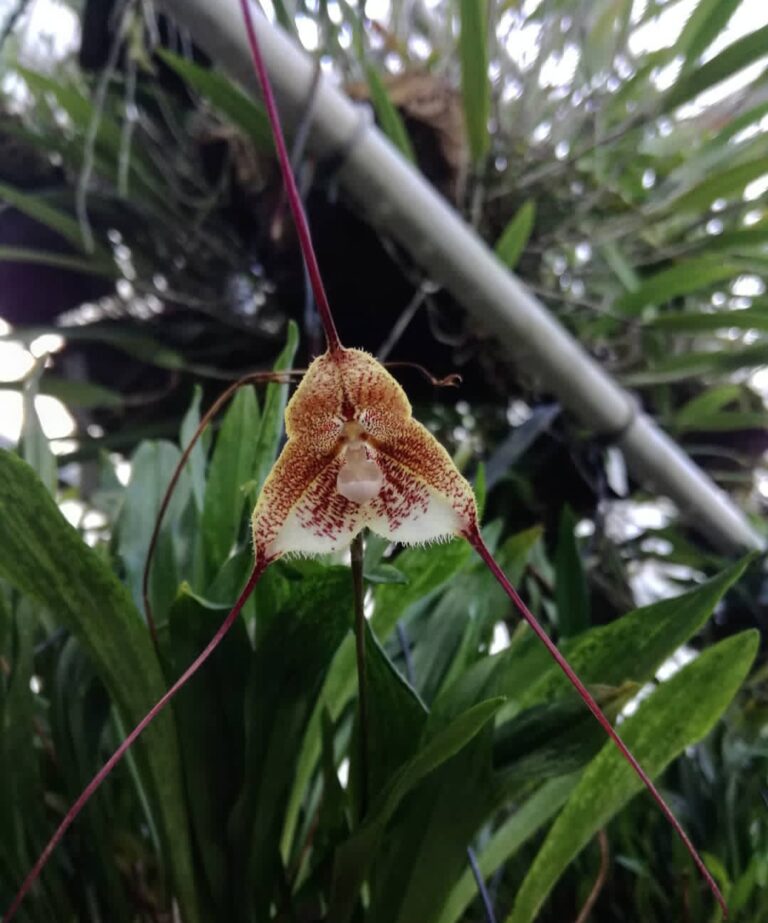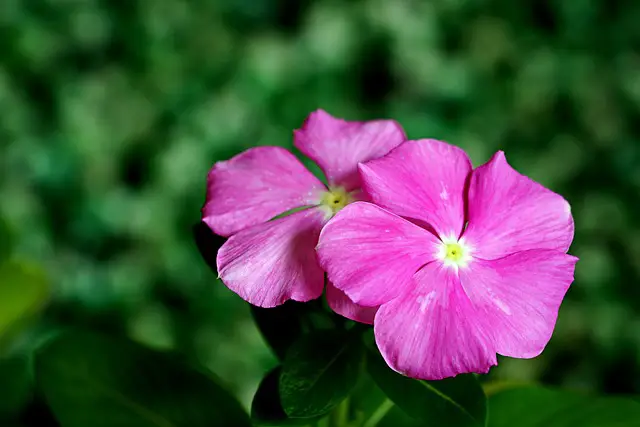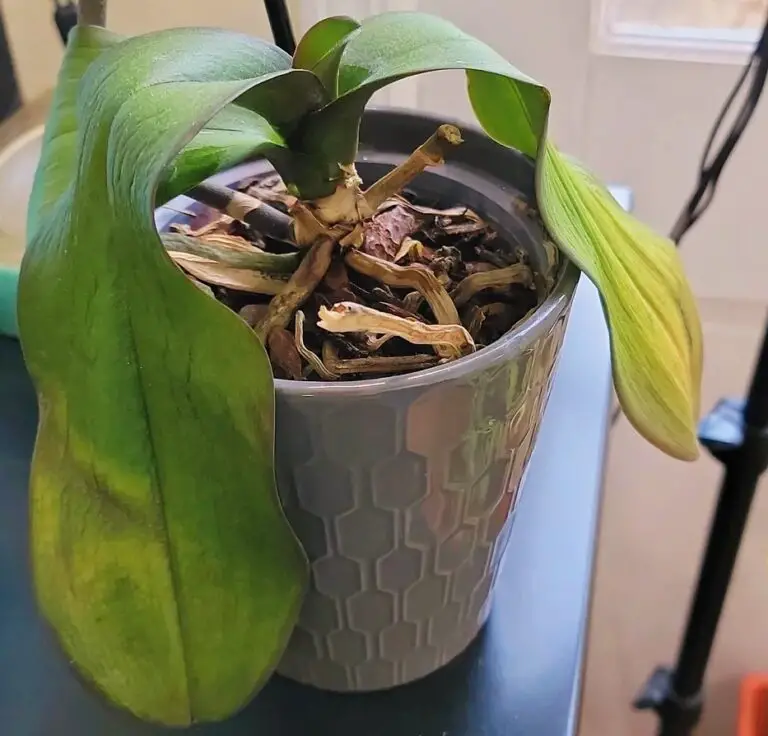If you’re looking for a beautiful, beginner-friendly plant that brings both charm and good fortune, the jade plant is a timeless favorite.
Jade plant care is simple, making it ideal for new plant parents and seasoned gardeners alike.The jade plant, with its tree-like structure and thick, glossy green leaves, lends a sense of elegance to any indoor area. Beyond its striking appearance, it’s also known in Feng Shui and Vastu for symbolizing wealth, prosperity, and positive energy—often gifted as a lucky charm for new homes and businesses.
But the jade plant isn’t just about good vibes—it’s also incredibly hardy. Native to South Africa, this slow-growing succulent can thrive for decades with minimal maintenance. It tolerates bright sunlight, needs infrequent watering, and adapts well to containers, making it perfect for windowsills, desks, and patios. In this guide, you’ll discover the 20 best expert tips to help your jade plant grow strong, stay healthy, and become a long-lasting addition to your home.
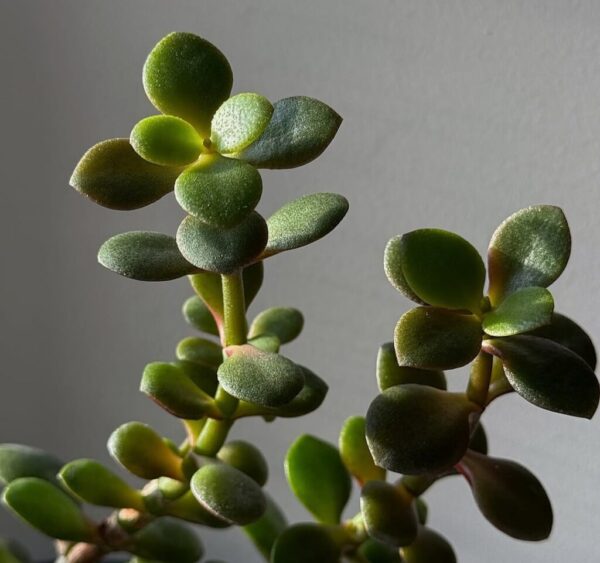
💡 Care Tip: Place your jade plant in a well-lit room to keep it healthy and happy.
- 1 Jade Plant Care: 20 Best Expert Tips
- 2 1. Use a Well-Draining Pot
- 3 2. Water Only When Soil Is Dry
- 4 3. Choose the Right Soil Mix
- 5 4. Place in Bright, Indirect Light
- 6 5. Rotate Your Plant Monthly
- 7 6. Limit Watering in Winter
- 8 7. Avoid Leaf Splashing
- 9 8.During the spring and summer, use balanced fertiliser.
- 10 9. Watch for Leggy Growth
- 11 10. Keep It at Ideal Temperature
- 12 11. Prune Regularly
- 13 12. Repot Every 2–3 Years
- 14 13. Use Pebble Trays for Humidity
- 15 14. Keep Pets Away
- 16 15. Propagate with Leaf Cuttings
- 17 16. Wipe Dust Off Leaves
- 18 17. Don’t Use Leaf Shine
- 19 18. Protect from Frost
- 20 19. Use Support for Heavy Branches
- 21 20. Observe and Adjust
- 22 🌿 Popular Jade Plant Varieties
- 23 1. Crassula ovata ‘Gollum
- 24 2. Crassula ovata ‘Hummel’s Sunset’
- 25 3. Crassula ovata ‘Pink Beauty’
- 26 4. Crassula ovata ‘ET’s Fingers’
- 27 5. Crassula ovata ‘Tricolor’
- 28 🌟 5 Powerful Benefits of Jade Plants
- 29 1. Symbol of Good Luck and Prosperity
- 30 2. Perfect Housewarming or Wedding Gift
- 31 3. Natural Air Purifier
- 32 4. Boosts Humidity & Oxygen at Night
- 33 5. Great for Stress Relief
- 34 🌿 Conclusion
- 35 🌿 (FAQs)
🌱 Plant Profile: Jade Plant (Crassula ovata)
Common Names : Jade Plant, Lucky Plant, Money Tree
Botanical Name : Crassula ovata
Light : Bright, indirect sunlight (6 hrs/day)
When the soil is dry, water every two to three weeks.
Soil Type :Well-draining succulent mix
Ideal Temperature 65–75°F (18–24°C) daytime
Toxicity : Toxic to pets
Lifespan 20–50+ years with proper care
Growth Rate Slow to moderate
Jade Plant Care: 20 Best Expert Tips
1. Use a Well-Draining Pot
To avoid root rot, always use a pot with drainage holes. Clay or terracotta pots are best because they help dry out the soil faster than plastic or ceramic ones. Avoid decorative pots without drainage unless you’re using them as a cachepot with an inner container.
💡 Care Tip: Choose clay pots with a drainage hole to prevent soggy roots.
2. Water Only When Soil Is Dry
Jade plants hate wet feet. When the top two inches of soil feel absolutely dry, water them.Overwatering leads to root rot, yellow leaves, and eventually plant death. In most indoor conditions, watering every two to three weeks is ideal, depending on light and temperature.
💡 Care Tip: To prevent root rot, allow the soil to dry out in between waterings.
3. Choose the Right Soil Mix
Make use of a soil designed for succulents and cacti that drains quickly.You can make your own by mixing two parts cactus mix, one part perlite, and one part coarse sand. This prevents water from sitting in the soil, which jade plants dislike and will suffer from.
💡 Care Tip: Use gritty, sandy soil to improve drainage.
4. Place in Bright, Indirect Light
Jade plants love plenty of bright, indirect light. A south- or west-facing window is perfect.The plant gets pale and lanky when there is little light. Mature jade plants can tolerate direct sun, which enhances their leaf color and growth. But avoid harsh afternoon sun in summer.
💡 Care Tip: Give your jade plant 4–6 hours of bright light daily.
5. Rotate Your Plant Monthly
If your plant leans toward one side or grows unevenly, it’s likely not getting uniform light. Rotating it every few weeks ensures balanced growth and prevents it from stretching only in one direction, which can make the plant look uneven or cause it to tip.
💡 Care Tip: For uniform growth, rotate your pot once a month.
6. Limit Watering in Winter
Jade plants go into a semi-dormant stage and need less water in the winter.Watering too much in this season can quickly lead to overwatering issues. Let the soil stay dry longer, and avoid watering more than once every 3–4 weeks unless the plant shows thirst signs.
💡 Care Tip: During the winter, water only once a month.
7. Avoid Leaf Splashing
When watering, aim for the soil—not the leaves. Water on the leaves can cause fungal issues, mold, and leaf spotting. Using a watering can with a narrow spout lets you direct water to the base of the plant, where it’s actually needed most.
💡 Care Tip: To avoid mould, water the soil rather than the leaves.
8.During the spring and summer, use balanced fertiliser.
During the spring and summer, fertilise your jade plant once a month using a diluted, balanced fertiliser (10-10-10).Avoid feeding in fall and winter. Too much fertilizer can cause salt build-up and damage roots, so less is more with succulents.
💡 Care Tip: Fertilize monthly in the growing season only.
9. Watch for Leggy Growth
If your jade plant looks stretched with long, thin stems and fewer leaves, it’s craving more light. Move it to a brighter spot, ideally near a sunny window. Legginess is an obvious indicator that your plant isn’t getting enough light.
💡 Care Tip: Lean plants should be moved to areas with more light.
10. Keep It at Ideal Temperature
Jade plants like temperatures between 65 and 75°F (18 and 24°C) during the day and between 50 and 55°F (10 and 13°C) at night. They should be shielded from chilly drafts and freezing temperatures since they are not frost-tolerant. Before it gets below 50°F (10°C), bring them inside.
💡 Care Tip: In winter, keep away from chilly air drafts and frost.
11. Prune Regularly
Pruning encourages thicker stems and fuller growth. Use sterile scissors to snip leggy branches just above a leaf node. The jade plant will respond by growing more branches from that point, creating a fuller, bonsai-like structure over time.
💡 Care Tip: To shape your jade plant, prune in the spring.
12. Repot Every 2–3 Years
When your jade plant becomes root-bound or the soil loses its structure, it’s time to repot. Do this in spring or early summer using fresh succulent soil and a slightly larger pot. Repotting should not be done in the winter when the plant is dormant.
💡 Care Tip: Repot jade plants every few years for healthy roots.
13. Use Pebble Trays for Humidity
Jade plants prefer dry air, but if your indoor space is extremely dry (especially in winter with heaters running), a pebble tray filled with water underneath the pot can help without directly increasing humidity around the leaves.
💡 Care Tip: Use a pebble tray if your home is extra dry.
14. Keep Pets Away
If consumed, the jade plant is poisonous to dogs and cats. Keep it out of your pet’s reach on a windowsill or high shelf.Symptoms of poisoning include vomiting, incoordination, and lethargy. Use pet deterrent sprays if necessary.
💡 Care Tip:Keep jade plants out of the reach of kids and pets.
15. Propagate with Leaf Cuttings
Jade plants are very easy to propagate. Simply snip a healthy leaf or stem and let it callous over for 2–3 days. Then plant it in dry succulent mix and wait.New roots will start to grow, although it can take several weeks.
💡 Care Tip: Use dry soil when propagating from leaves or stems.
16. Wipe Dust Off Leaves
A buildup of dust might hinder a plant’s capacity to photosynthesize. Every week or two, gently wipe the leaves with a moist towel.Avoid using soap or commercial leaf polish, which can block the pores (stomata) of the leaves.
💡 Care Tip: Clean leaves monthly to boost plant health.
17. Don’t Use Leaf Shine
Leaf polish products can damage jade plant leaves by clogging pores and attracting pests. Instead, keep your plant clean by gently wiping it with plain water and a microfiber cloth. This keeps the plant breathing and looking natural.
💡 Care Tip: Avoid leaf shine products; use only water.
18. Protect from Frost
Jade plants cannot tolerate frost. If you keep yours outdoors in warm months, be sure to bring it indoors when temperatures start to drop. Leaf drop, black patches, and even plant death can result from exposure to cold.
💡 Care Tip: Bring jade plants inside before the first frost.
19. Use Support for Heavy Branches
As jade plants grow, their branches can become heavy and break. To keep them erect, use support rings or bamboo stakes.This also helps train your jade into a tree-like structure if that’s your preferred look.
💡 Care Tip: Stake tall branches to prevent breakage.
20. Observe and Adjust
Every home environment is different, so observe how your plant reacts. Yellow leaves might mean overwatering; pale stems may mean low light. Adjust water, light, or fertilizer based on what your plant tells you.
💡 Care Tip: Watch for plant signals and change care accordingly.
🌿 Popular Jade Plant Varieties
1. Crassula ovata ‘Gollum
This quirky variety features tubular, finger-like leaves with red tips, resembling sea coral or “Shrek’s ears.” It’s compact and grows well indoors with the same care as standard jade plants. The Gollum variety adds personality and structure to succulent collections, especially when grown in bonsai pots.
💡 Care Tip: Give it bright light to enhance the red tips.
2. Crassula ovata ‘Hummel’s Sunset’
Hummel’s Sunset stands out with golden-yellow leaves edged in red, especially in full sun. It’s prized for its colorful foliage and is even awarded by the Royal Horticultural Society. Like other jade varieties, it needs infrequent watering and lots of light for the best color display.
💡 Care Tip: Sunlight brings out vibrant red and yellow colors.
3. Crassula ovata ‘Pink Beauty’
This flowering jade produces clusters of small, pink, star-shaped blossoms. It usually blooms in late fall or winter when conditions are right—cooler temps and reduced watering. Its blooms add a splash of color and fragrance to your indoor garden, making it a seasonal favorite.
💡 Care Tip: Stress it slightly in winter to encourage blooms.
4. Crassula ovata ‘ET’s Fingers’
This is a variation of Gollum with longer, more flared tips that look like alien fingers. Its leaves turn reddish under sunlight and stay green in shade. It makes a great conversation starter, especially when planted in a quirky or sci-fi-themed container.
💡 Care Tip: Use cactus mix to keep this fast-draining and healthy.
5. Crassula ovata ‘Tricolor’
With creamy-white and pink variegated leaves, the Tricolor jade plant is ideal for decorative displays. It requires bright light to maintain its variegation and can be slightly more sensitive than green types. Keep it away from overly humid areas and prune for shape.
💡 Care Tip: Place in very bright light to keep its tricolor look.
🌟 5 Powerful Benefits of Jade Plants
1. Symbol of Good Luck and Prosperity
Feng Shui states that jade plants draw prosperity, harmony, and affluence. They are frequently positioned in the south-east corner of houses or workplaces, or next to the front door, to attract positive energy. Coins are represented by their circular leaves, further solidifying their connection to prosperity and plenty.
💡 Care Tip: Your jade plant should be placed close to your riches corner or entryway.
2. Perfect Housewarming or Wedding Gift
Jade plants make excellent gifts for new beginnings. Whether it’s a wedding, new home, or business opening, gifting a jade plant symbolizes well wishes, financial stability, and positive vibes. Plus, they’re easy to care for and long-living, representing endurance and loyalty.
💡 Care Tip: Add a handwritten note about luck when gifting it.
3. Natural Air Purifier
Jade plants help purify the air by absorbing toxins like toluene and formaldehyde. This makes them beneficial additions to bedrooms, living rooms, and workspaces. Cleaner air means better focus, fewer allergens, and improved well-being—especially if you spend lots of time indoors.
💡 Care Tip: Wipe leaves every two weeks to boost air purification.
4. Boosts Humidity & Oxygen at Night
Unlike most plants, jade plants continue to exchange gases at night, which helps maintain oxygen levels. This can improve sleep quality, especially in dry or air-conditioned rooms. Pair it with other air-purifying succulents to create a healthier sleep environment.
💡 Care Tip: Keep one near your bed (but out of pet reach).
5. Great for Stress Relief
Taking care of jade plants is therapeutic. Their slow growth, vibrant greenery, and sculptural shapes make them excellent for mindful gardening. Whether you’re pruning or propagating, they help reduce anxiety and connect you with nature—even in small apartment spaces.
💡 Care Tip: Set aside 10 minutes a week to care for your plant mindfully.
🌿 Conclusion
Caring for a jade plant is both simple and deeply rewarding, making it a perfect choice for beginners and seasoned plant lovers alike. With the right light, minimal watering, and occasional pruning, this hardy succulent can thrive for decades—bringing beauty, good fortune, and clean air into your home. By following these 20 expert tips, you’ll set your jade plant up for long-term success and enjoy the lasting charm of one of the most beloved houseplants around.
🌿 (FAQs)
1. What is the most important rule in Jade Plant Care?
The most crucial guideline for caring for jade plants is to refrain from overwatering them. The leaves and stems of jade plants, which are succulents, retain water. An excessive amount of moisture in the soil can cause root rot and ultimately destroy the plant. Never water again until the earth has totally dried out.
2. How much sunlight is ideal for Jade Plant Care?
Jade plants require the right amount of sunlight to thrive. Bright, indirect sunlight for at least four to six hours a day is ideal for these plants. The best windows face south or west. While too much direct sunlight can scorch leaves, particularly in hot climes, too little light can result in lanky growth.
3. How do I water my jade plant correctly?
An essential component of caring for jade plants is watering. Before watering, always let the top 1-2 inches of soil completely dry out. Watering should be reduced to once every three to four weeks during the winter. To prevent root rot, use pots with adequate drainage and never leave the plant in standing water.
4. Which type of soil is ideal for caring for jade plants?
The key to caring for jade plants successfully is having soil that drains well. It’s ideal to use a cactus or succulent mix, but you may make your own by mixing potting soil with perlite and gritty sand. This mixture shields the plant’s roots from rot and helps keep too much moisture from accumulating.
5. Is it okay to apply fertiliser to jade plants?
Indeed, fertilising is beneficial for the care of jade plants, particularly in the spring and summer. Use a water-soluble, balanced fertiliser (such as 10-10-10) that has been diluted to half strength. To minimise overstimulation and salt accumulation, fertilise once a month and refrain from feeding during the plant’s dormant winter phase.
6. Why are my jade plant’s leaves turning yellow?
Yellowing leaves are a common issue in jade plant care and are usually caused by overwatering or poor drainage. Other causes include lack of sunlight, sudden temperature changes, or pest infestation. Reevaluate your watering routine, light conditions, and soil quality to address the root of the problem.
7. Can I grow a jade plant outdoors?
Yes, outdoor growth is possible and can enhance jade plant care results if your climate is warm and frost-free. Jade plants do well in containers on patios or balconies but must be brought indoors before temperatures fall below 50°F (10°C). Keep them safe from the intense afternoon sun and rain.
8. How do I propagate jade plants easily?
One enjoyable and fulfilling aspect of caring for jade plants is propagation. Cuttings of leaves or stems can be used to grow new plants. Place the cutting in dry succulent soil after letting it dry for a few days until it has become calloused. Apply a gentle mist and give it a few weeks to allow the roots to grow.
9. Is pruning necessary in Jade Plant Care?
Yes, pruning is beneficial in jade plant care. It encourages bushier, more compact growth and helps control leggy or top-heavy plants. Cut slightly above a leaf node using sharp, clean scissors. Pruning can be done in spring or summer when the plant is actively growing and recovering.
10. Do jade plants flower with proper care?
Flowering is rare but possible with excellent jade plant care. Mature jade plants may bloom in late fall or winter when they experience cool nights, reduced watering, and long daylight hours. The small pink or white flowers are a reward for consistent care and an ideal indoor environment.
11. What temperature range is ideal for Jade Plant Care?
Temperature plays a big role in jade plant care. The ideal range is between 65–75°F (18–24°C) during the day and around 50–55°F (10–13°C) at night. Avoid placing your jade plant near cold drafts or heating vents, which can stress the plant and lead to leaf loss or stunted growth.
12. Can pets safely be around jade plants?
In jade plant care, it’s important to note that these plants are toxic to pets. Ingesting jade can cause vomiting, weakness, or depression in cats and dogs. Always place your jade plant out of reach of pets or opt for pet-safe alternatives if you have curious animals at home.
13. With proper care, how long can a jade plant last?
With proper jade plant care, these plants can live for decades—some even reaching 50 to 100 years! Their longevity makes them popular heirloom houseplants, passed down through generations. Providing consistent light, careful watering, and occasional pruning helps them thrive as long-term, low-maintenance companions in your living space.
14.In Jade Plant Care, what are the symptoms of overwatering?
Blackened stems, leaf drop, soft, mushy leaves, and an unpleasant soil odour are all indicators of overwatering jade plants. Make sure the pot drains properly and allow the soil to totally dry out to remedy this. Repot the plant after removing any damaged roots if the root rot is severe.
15. How often should I repot my jade plant?
Repotting is an occasional but essential part of jade plant care. Every 2–3 years, check if the plant is root-bound or the soil has broken down. Choose a slightly larger pot with fresh succulent mix, and repot during the active growing season (spring or early summer) for best results.
